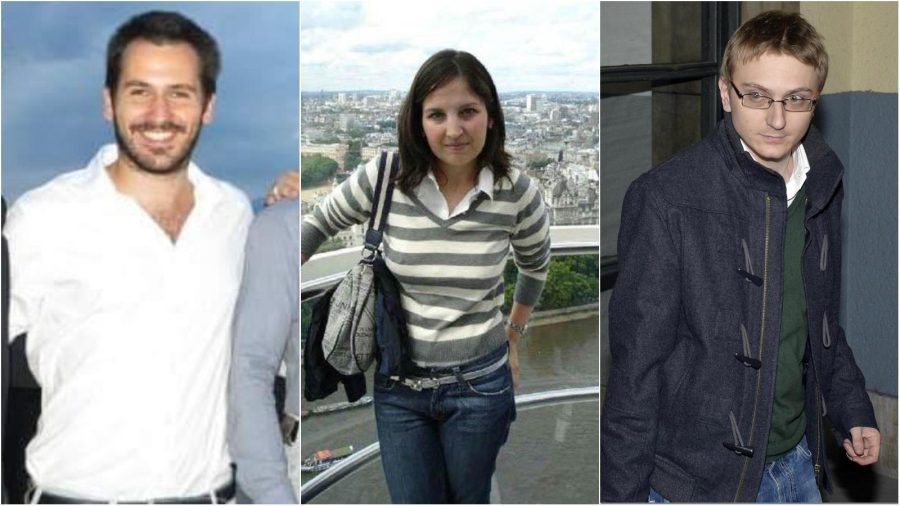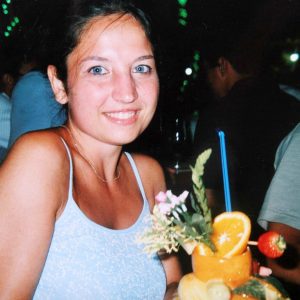The judge overseeing the Garlasco murder inquiry has ruled that “fingerprint 33” will not be included in the ongoing evidentiary hearing. The print, found on a wall inside the Poggi home, had previously been linked by investigators to Andrea Sempio, who is under fresh investigation for the 2007 murder of Chiara Poggi.
Judge Daniela Garlaschelli of the Pavia court instead authorised a new analysis of fingerprints found on household waste collected after the killing. Forensic expert Domenico Marchigiani has been tasked with examining prints lifted from items such as yoghurt pots, cereal boxes and iced tea packaging. These will be compared with a long list of individuals who had access to the scene.
The Poggi family’s lawyer, Gian Luigi Tizzoni, welcomed the examination of the bin contents, describing it as a “repeatable” and valuable forensic step. However, he criticised the decision to exclude fingerprint 33 from the process, calling it a missed opportunity for further clarity.
Sempio’s legal team, meanwhile, opposed both the inclusion of fingerprint 33 and the analysis of the rubbish. His lawyer, Angela Taccia, argued that there were legal flaws in how the material was collected. She also noted that no genetic evidence links her client to the crime and stressed that fingerprint 33 lacks the forensic detail needed to attribute it to Sempio. “He has the serenity of innocence,” she said.
The Pavia Prosecutor’s Office also opposed the inclusion of fingerprint 33, instead supporting the broader investigation of fingerprint evidence on the garbage. Initial DNA tests on these items identified only the profiles of Chiara Poggi and her then-boyfriend Alberto Stasi, who is serving a final 16-year sentence for her murder.
No genetic of fingerprint evidence linking Sempio to scene
So far, no genetic or fingerprint evidence has tied Sempio to the scene. However, prosecutors remain focused on two partial genetic profiles found under Chiara’s fingernails. One of these is believed to possibly belong to Sempio. Further testing will begin in early August, with the aim of clarifying whether the so-called “unknown 3” profile is a genuine lead or a case of contamination.
Contamination by recent investigators has already been ruled out. Prosecutors are now comparing DNA and fingerprint samples from dozens of people, including Sempio’s friends and emergency personnel who came into contact with the body.





